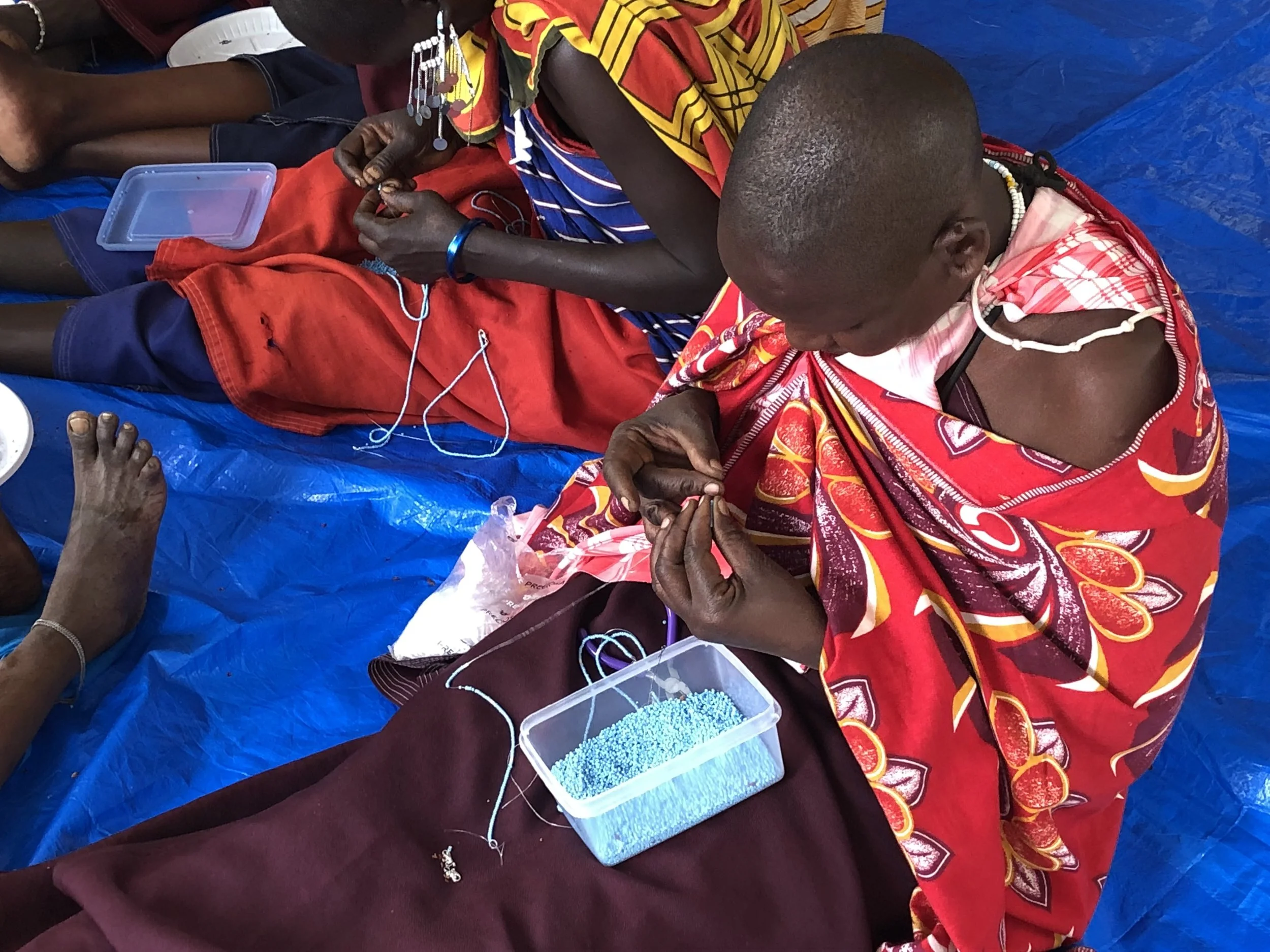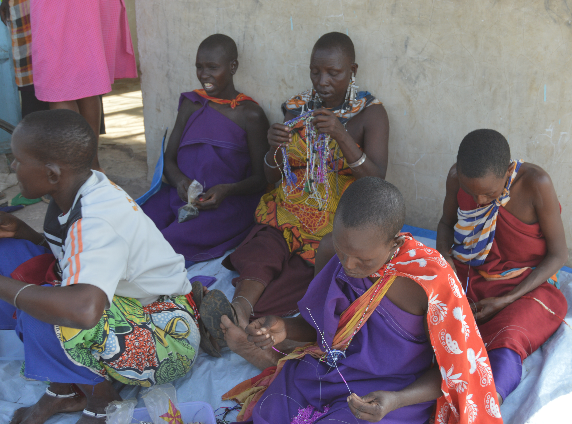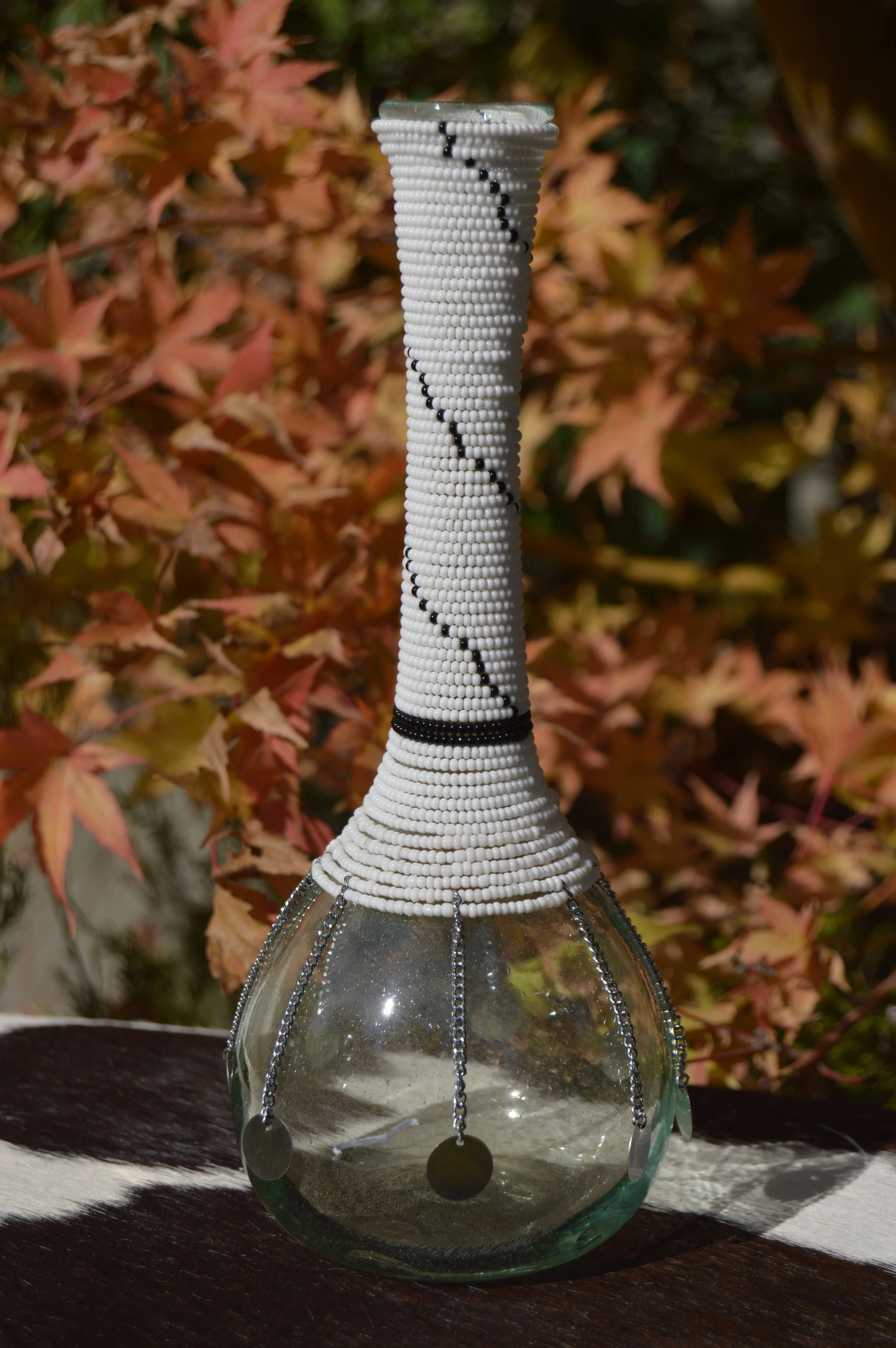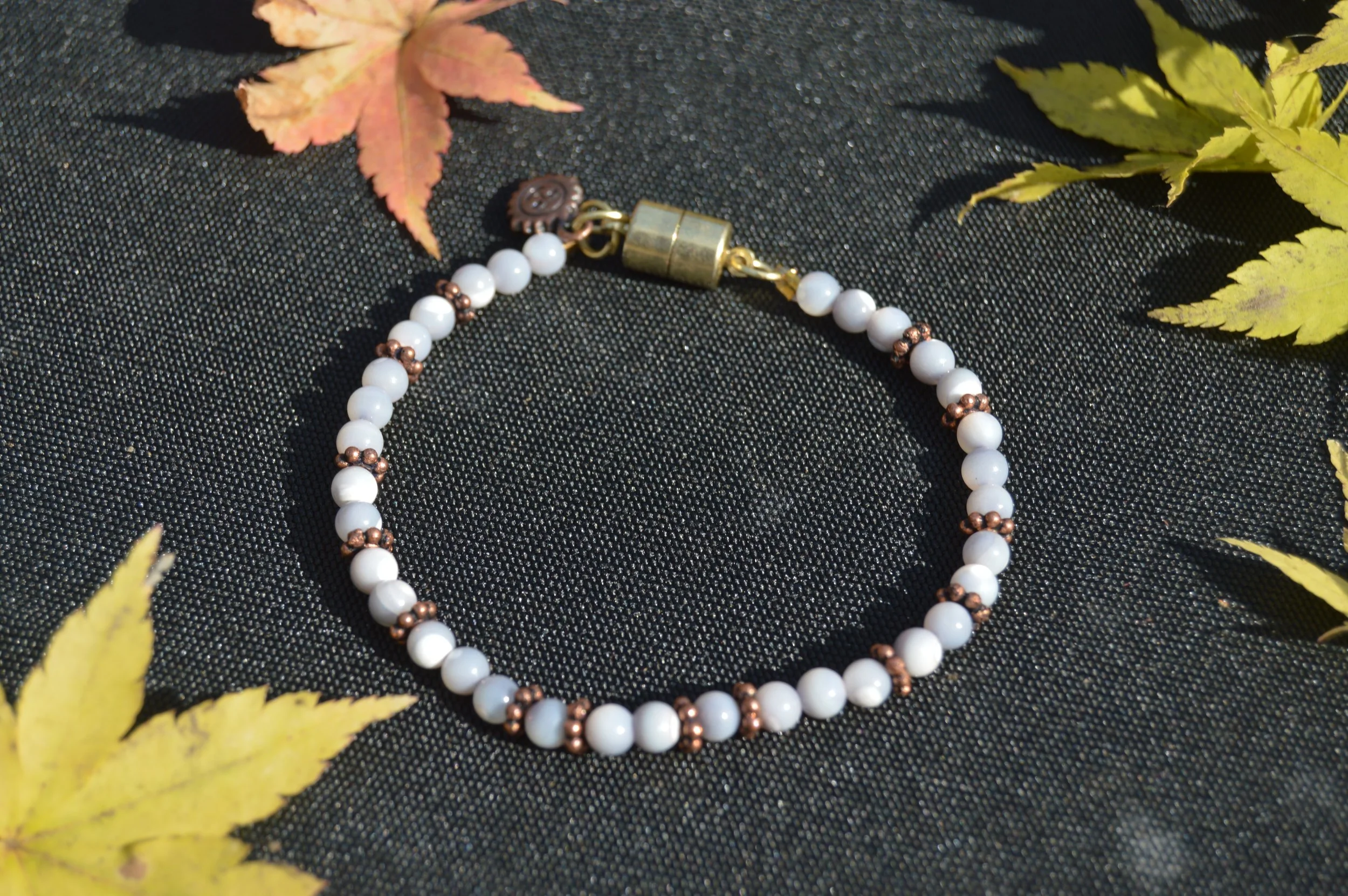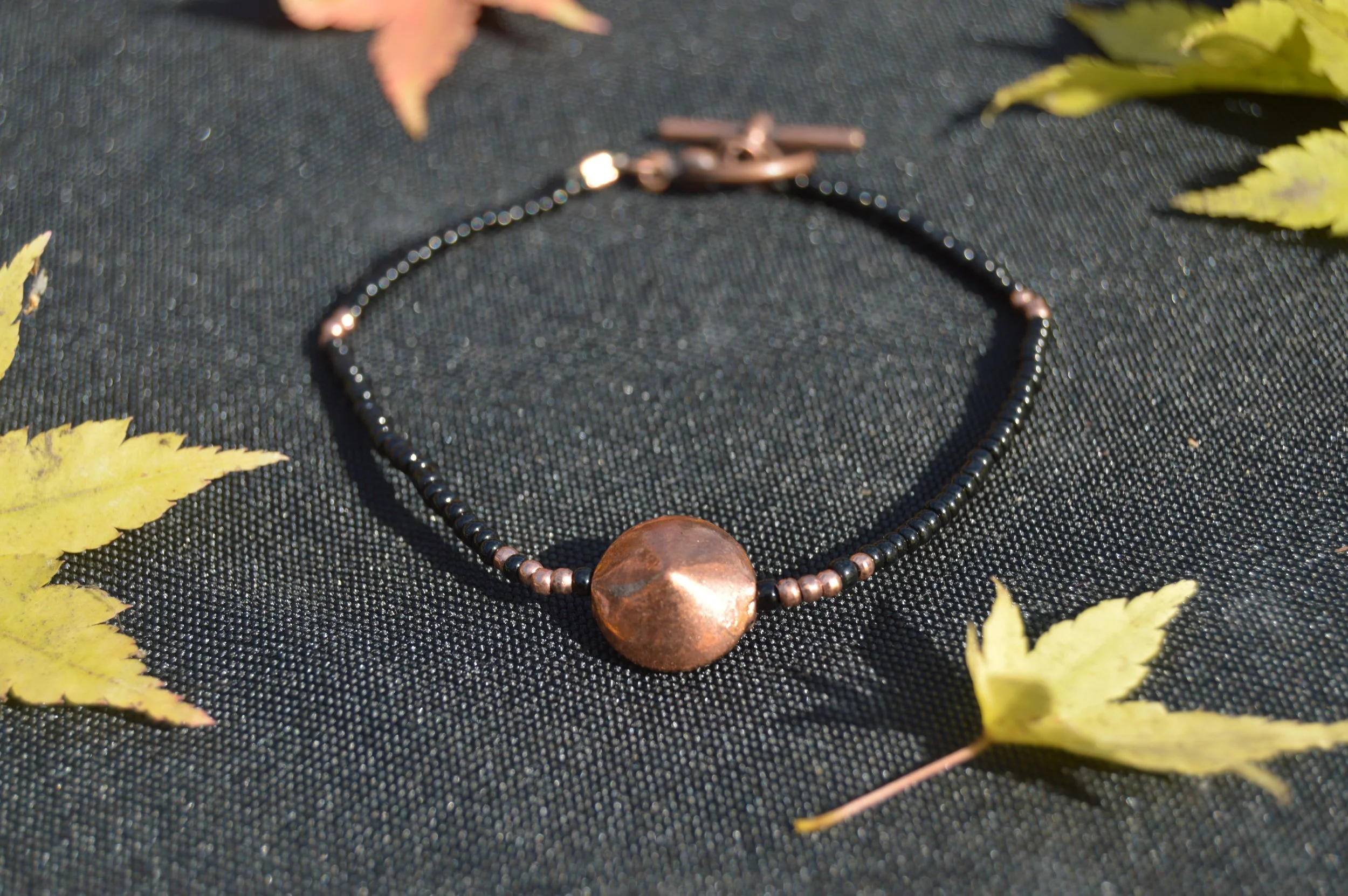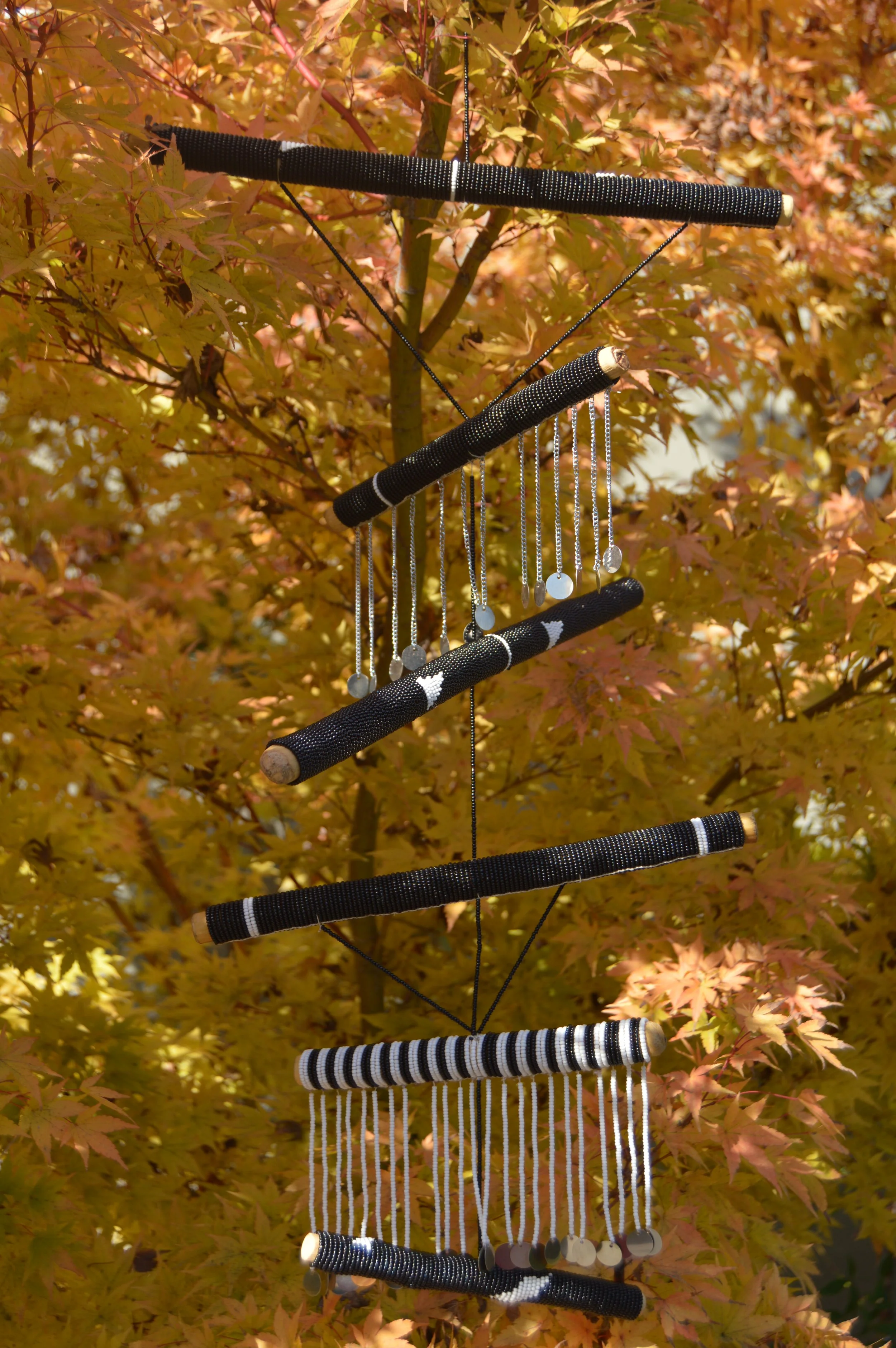Women’s Craft Cycle Program
Est. June 2017
Theory of Change
Provide employment to women in Maasai communities, create a space for female solidarity and economic empowerment with the intended goal of ending the cycle of poverty in Mlima Shabaha.
The program began with 25 Maasai women in Mlima Shabaha village who possessed a commercially-viable skill of traditional beading and lived in a community where high unemployment (~80%) and extreme poverty (less than $1.90 per day) are widespread.
The original group of members were older, well-respected women of the community. Newer groups have expanded to include younger women, mostly second wives. In Maasai culture, the first wife holds more standing in the community and first and second wives generally socialize within their own circles. Although both groups engage with one another within the Craft Cycle, the group dynamics maintain this respect.
Goals
1. Improve well-being and health of participants and their children
2. Increase financial independence
3. Increase opportunities for women’s leadership
4. Build community among Maasai women
5. Sustain local traditions by passing down Maasai beading techniques
6. Prevent child marriage through scholarships for their daughters
Impact
This fundamental program has empowered our Maasai partners through increased quality of health, access to medical care and independent financial security. As a result of the increase self-autonomy, none of our participants’ daughters have been forced into child marriage.
This program strengthened our female partners’ role as guardians of the community, a role rooted in tradition due to the amount of time men are away from villages herding livestock.
The Women’s Craft Cycle has become a respected forum for many village issues and discussions beyond women’s empowerment.
The Women’s Craft Cycle & the Girls Scholarship Program
Soon after meeting with the craftswomen, Lalafofofo-Amka Sasa learned that there were seven girls (age 9-14) in the village promised for marriage that year. All the women of the Craft Cycle were related to the girls; they were their mothers, grandmothers, aunts, cousins, and had all known and cared for them since birth. The craftswomen had been child brides themselves and collectively shared the dream that their daughters would continue school instead of being child brides like they were. The Girls Scholarship Program began.
A Global Market
For the first two years, the group made crafts typical of the local Maasai market, such as beaded cups, baskets, bracelets, anklets. In March 2019, retail opportunities developed in the U.S. These goods are routinely brought to the U.S. and given as gifts to donors and nominally sold at local seasonal markets. An online store is coming soon.


